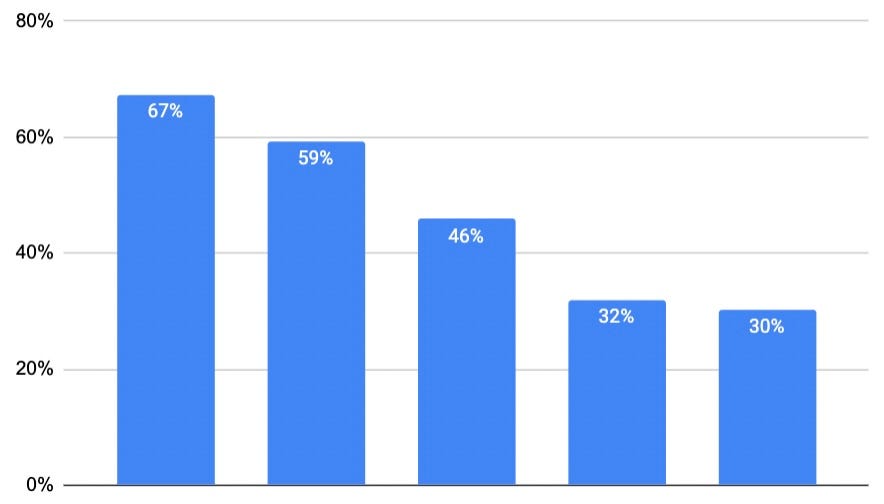Careersaas is a revolutionary software as a service platform that is designed to help job seekers find Remote Work, Internships and jobs; using AI to help match a job role to your personality and skills. We scrape jobs from the Internet, and actively avoid jobs that are reposted by recruiters, to ensure you have the full picture on the job market.
2020 was, for all of us, a transitionary year as the world learned to cope with the fallout of the global coronavirus pandemic. Companies would be forced to learn how to adapt their work environments, with Working From Home the new norm.
In Careersaas, not only do we scrape the world wide web to locate jobs for our users, we also actively monitor these positions over time so that we can inform our users when a role has expired via email. We also track a Career title, i.e. “software developer”, match this to your geolocation, and then alert you when a new position has been found that matches your profile.
As Careersaas tracks job expiries, we therefore have a large corpus of data from 2020 to analyze. Today’s article presents some of the common themes found regarding Remote Work.

Over the course of 2020, almost 2/3 of jobs specified clearly that a position would only be on-site, leaving a 1/3 that were open to remote work — either in full or just in part. In the last two months of the year, this dropped to just 30% of positions that requested on-site work. During the height of the global pandemic in April 2020, this actually slipped from 67% to 59%, before drastically falling over the summer.

The graph above indicates that 26% of jobs offered Working From Home in February of 2020; over the course of the year this eventually tripled as employers sought to adjust their work offerings to attract talent from across the world.
Interestingly, only 5% of companies were considered “Remote First” at the beginning of 2020, this has now doubled to 10% at the end of 2020.
Companies have already recognized that WFH is the new norm, and in order to not be swept away by the ever changing job market, appear to be moving closer to “Remote First”.

